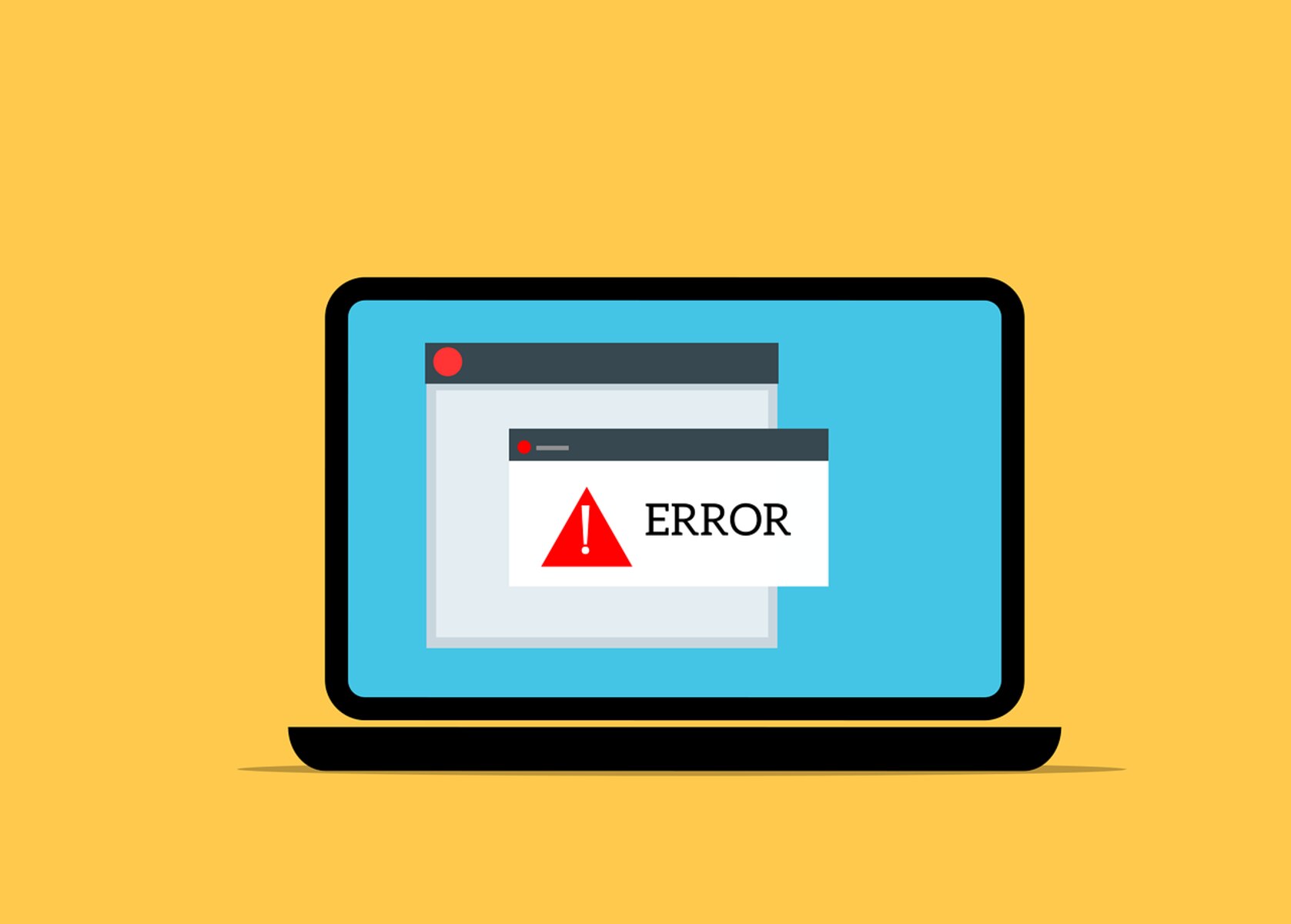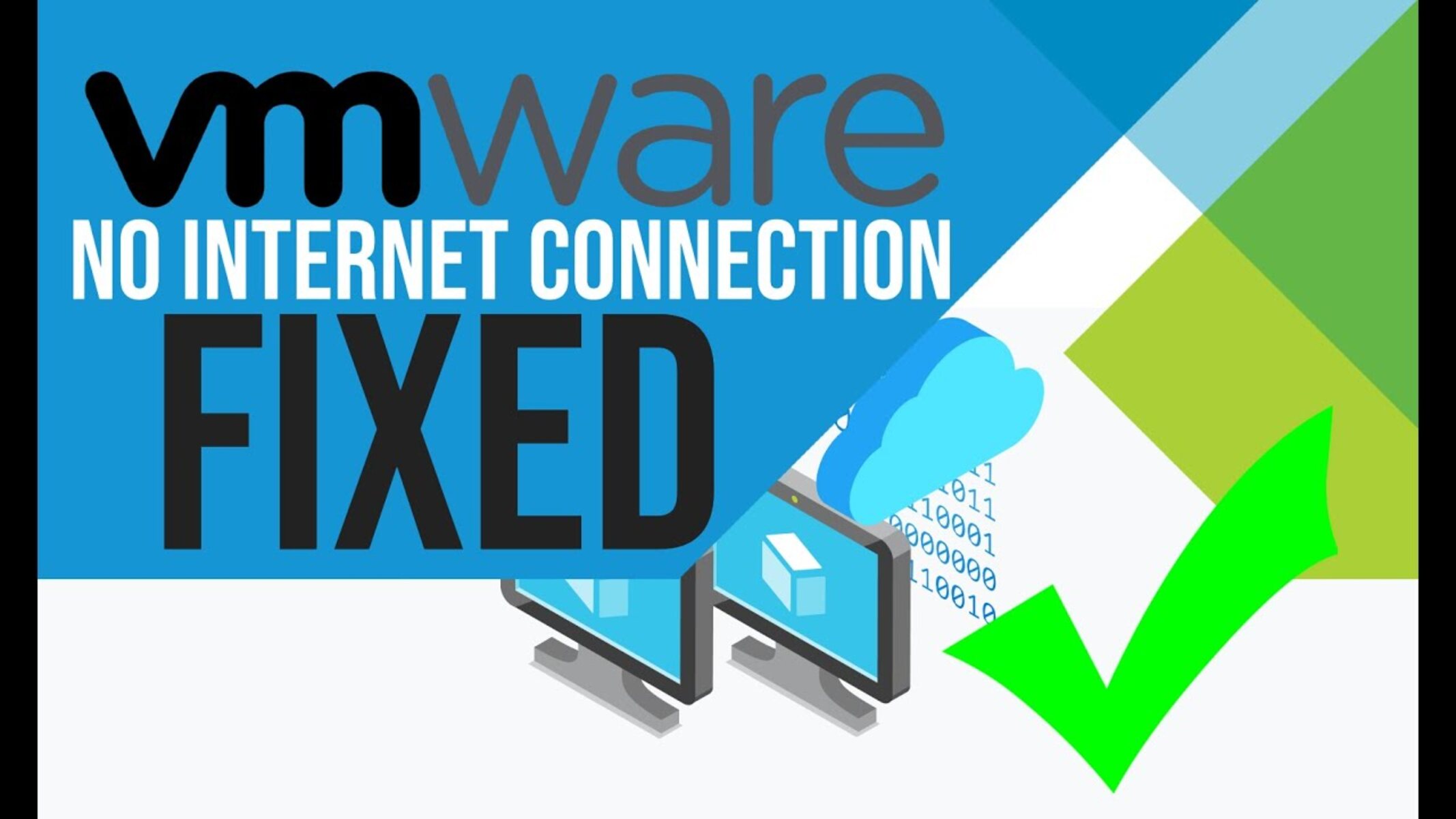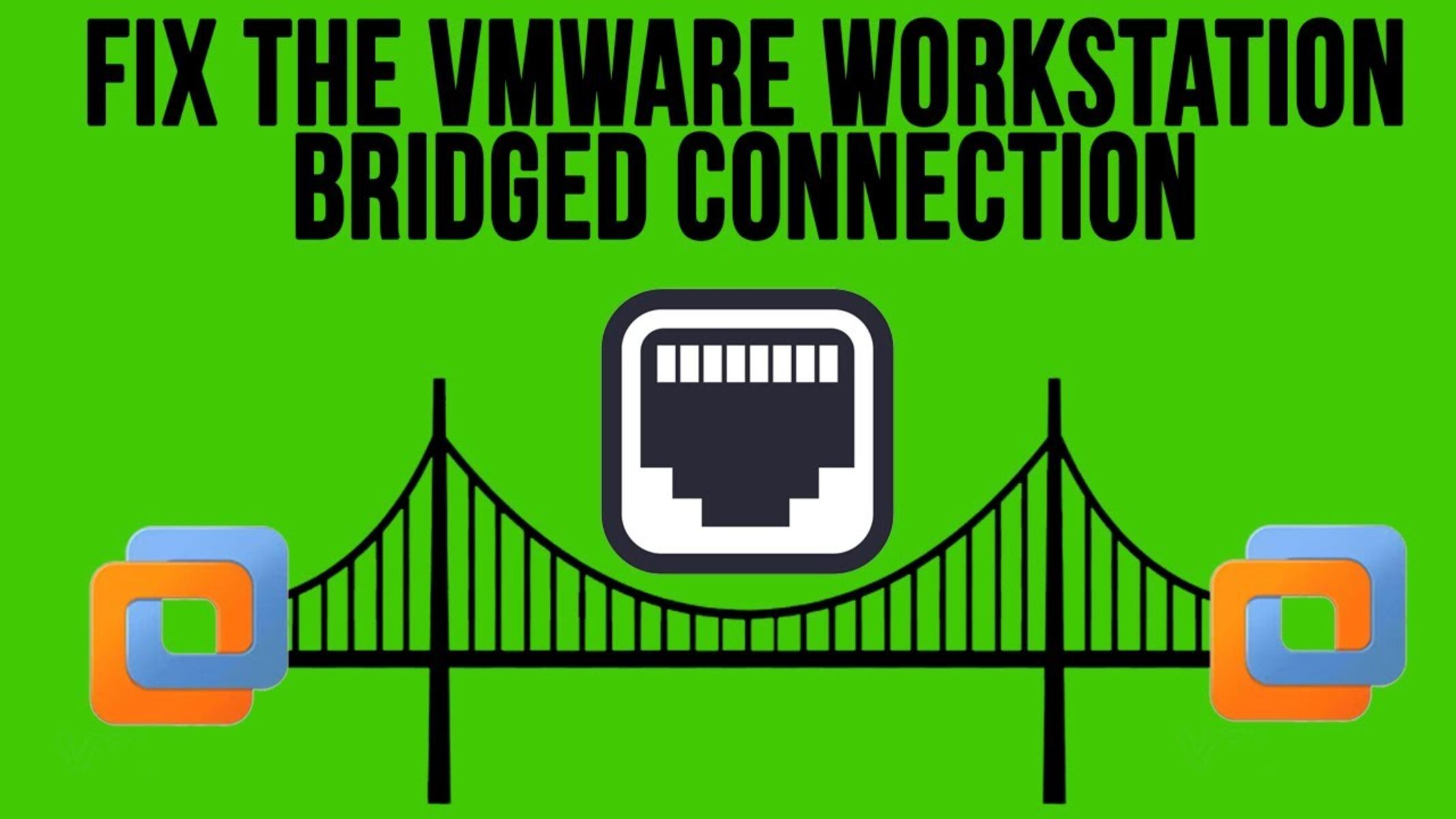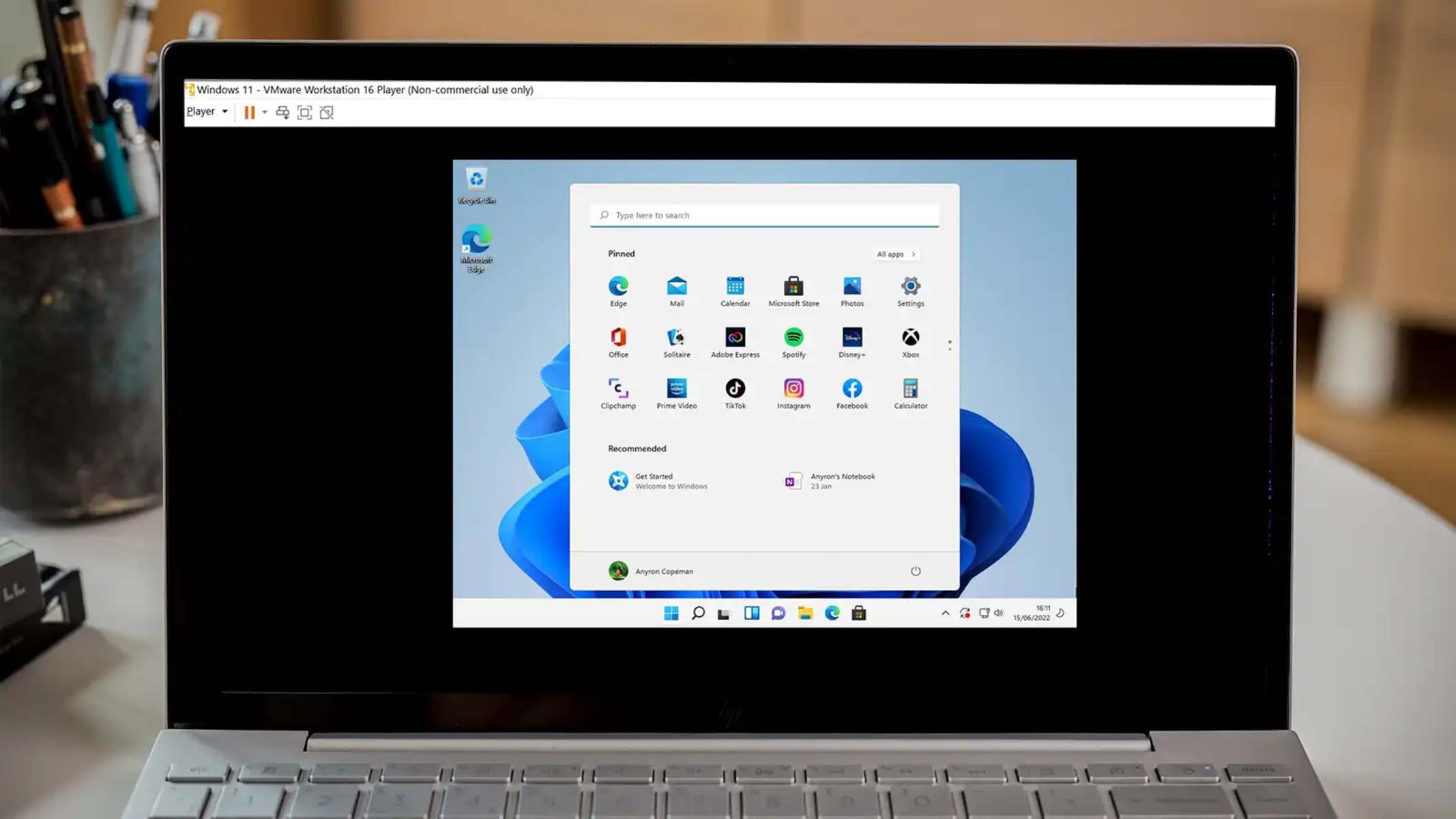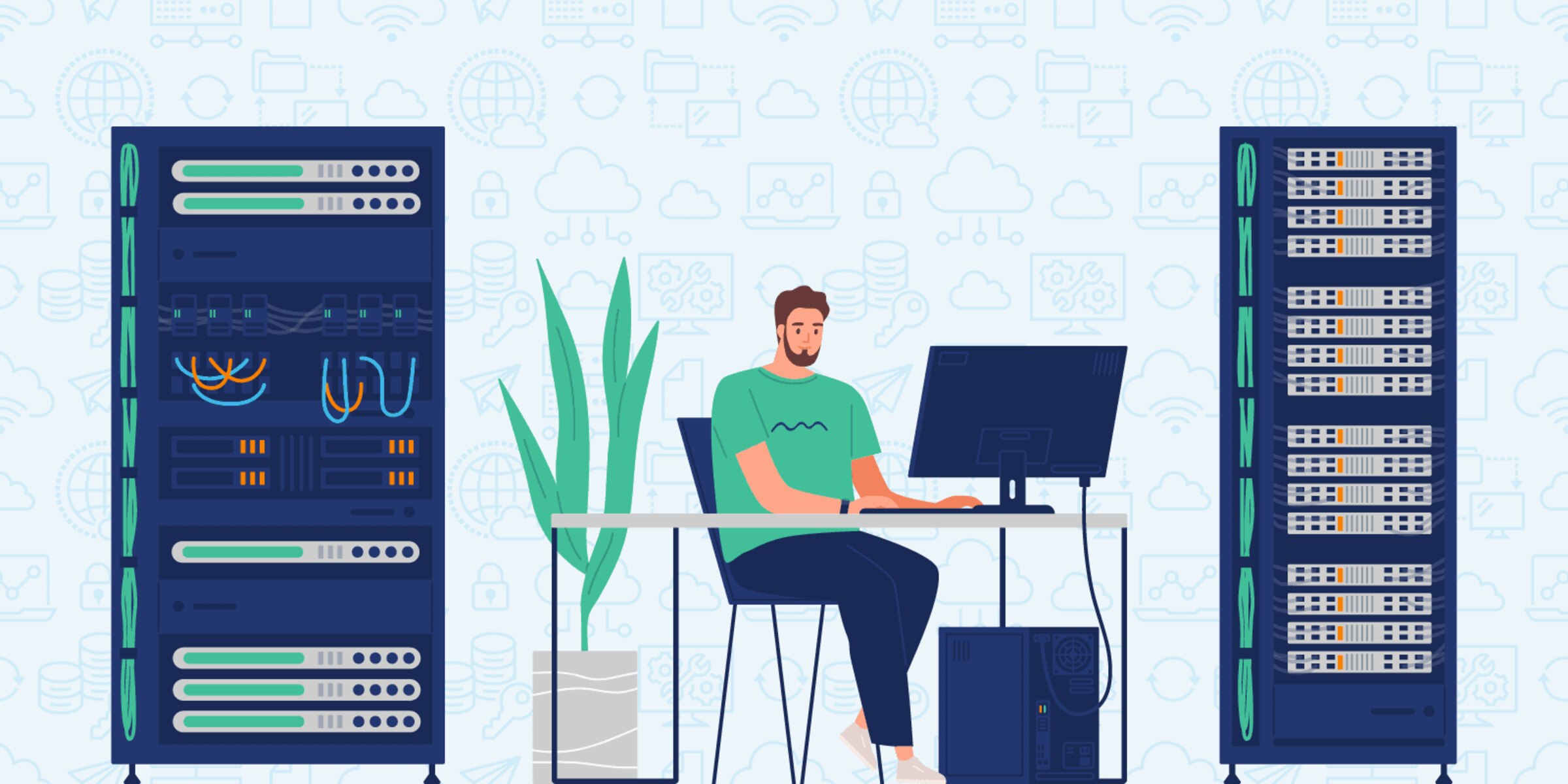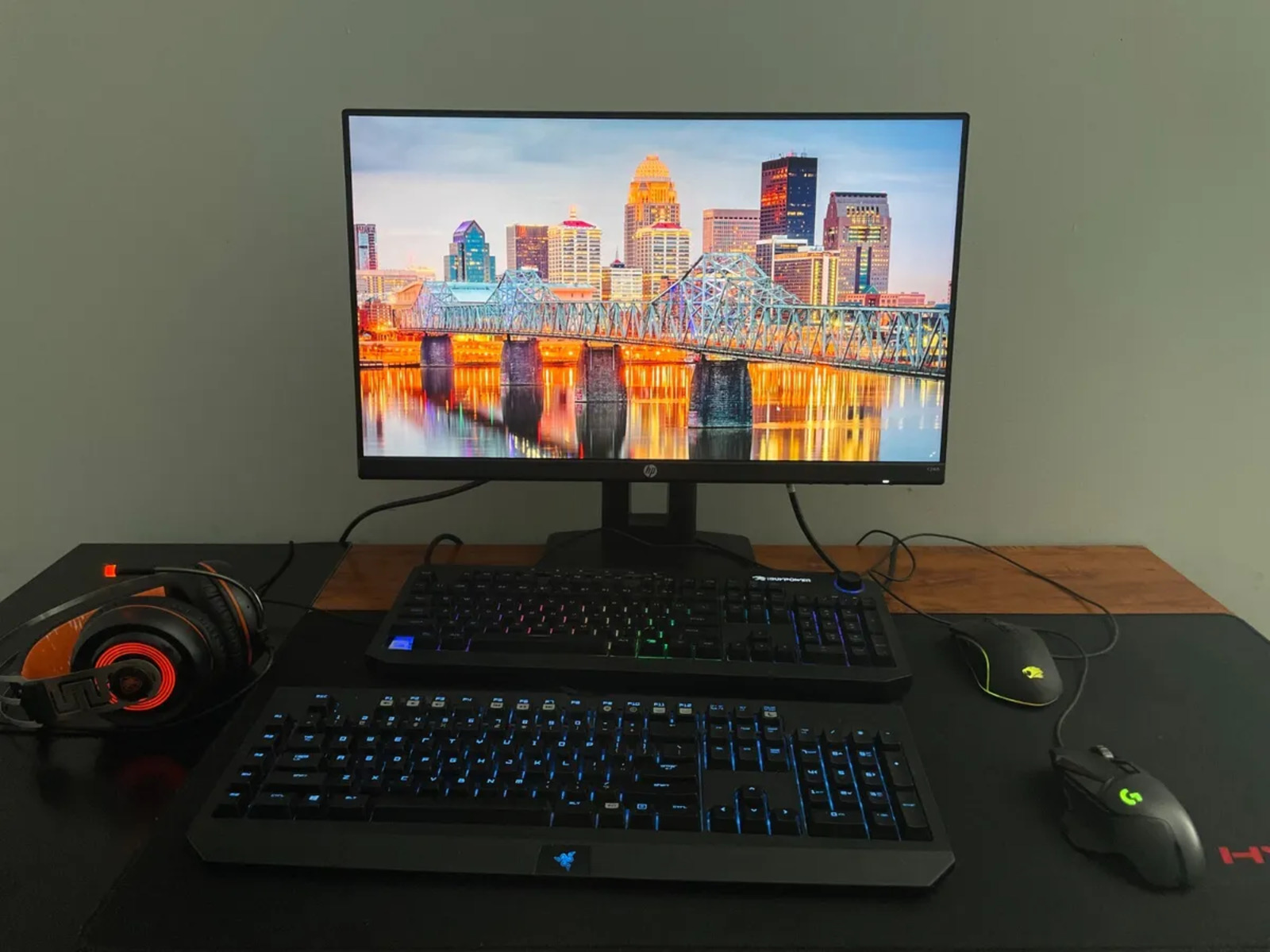Introduction
When you encounter issues with your workstation, it can be frustrating and disrupt your workflow. However, troubleshooting these problems can help you identify the root cause and find a resolution. Whether it’s a hardware or software issue, there are several steps you can take to diagnose and resolve the problem.
In this article, we will guide you through the process of troubleshooting a workstation. We will cover a range of common issues and provide step-by-step instructions to help you identify and resolve them. Through these troubleshooting steps, you will not only save time but also potentially avoid costly repair services or replacement purchases.
Please note that these troubleshooting steps are intended for general workstation issues. If you are facing specific and complex problems, it may be best to consult with a professional or seek assistance from your IT department. With that said, let’s dive into the troubleshooting process to get your workstation up and running smoothly again.
Step 1: Check Hardware Connections
The first step in troubleshooting a workstation is to check all the hardware connections. Sometimes, a loose or disconnected cable can cause issues. Follow these steps to ensure that all your hardware components are properly connected:
- Power off your workstation and unplug it from the power source.
- Check all the cables connected to your workstation, including the power cord, monitor cables, keyboard, mouse, and any other peripherals. Ensure that they are securely plugged in.
- If you use a desktop workstation, open the computer case and check the internal connections. Make sure all cables, such as those connecting the hard drive, RAM modules, and graphics card, are snugly connected.
- After verifying the connections, plug your workstation back into the power source and power it on.
By checking the hardware connections, you can eliminate the possibility of a loose cable causing the problem. If the issue persists, proceed to the next troubleshooting step.
Step 2: Restart the Workstation
Restarting your workstation is a simple yet effective troubleshooting step that can resolve many common issues. When you restart your workstation, it clears temporary files and resets system processes, which can help resolve software-related problems. Here’s how to restart your workstation properly:
- Save any unsaved work and close all open applications.
- Click on the “Start” or “Windows” button in the bottom left corner of the screen.
- Select the “Restart” option from the menu that appears. If you cannot find the “Restart” option, click on the power icon and select “Restart” from there.
- Wait for your workstation to shut down and boot up again. This process may take a few minutes.
After the restart, check if the issue you were experiencing has been resolved. Sometimes, a simple restart can fix minor glitches and improve overall system performance. If the problem persists, move on to the next troubleshooting step.
Step 3: Check for Software Updates
Keeping your workstation’s software up to date is crucial for optimal performance and security. Outdated software can result in compatibility issues and vulnerabilities that may cause various problems. To check for software updates, follow these steps:
- For Windows users, click on the Start button and select “Settings”. Then, go to “Update & Security”. For Mac users, click on the Apple menu and select “System Preferences”, followed by “Software Update”.
- Click on the “Check for updates” button. The system will search for available updates for your operating system and installed applications.
- If there are any updates available, click on the “Install” or “Update” button to begin the update process. Make sure to have a stable internet connection and give the system time to download and install the updates.
- Once the updates are installed, restart your workstation to ensure that all changes take effect.
By regularly checking for software updates, you can benefit from bug fixes, performance improvements, and security patches that can resolve many software-related issues. After updating the software, check if the problem still persists. If the issue remains unresolved, move on to the next troubleshooting step.
Step 4: Run Antivirus and Malware Scans
Viruses, malware, and other malicious software can wreak havoc on your workstation, causing performance issues and compromising your data. Running antivirus and malware scans can help detect and remove these threats. Here’s how to run scans on your workstation:
- Make sure that you have an updated antivirus program installed on your workstation. If you don’t have one, consider installing a reputable antivirus software.
- Open your antivirus software and navigate to the scanning options. Look for the option to perform a full system scan, which will scan your entire workstation for viruses, malware, and other harmful files.
- Initiate the scan and allow the antivirus software to thoroughly examine your system. This process may take some time depending on the size of your hard drive and the number of files on your workstation.
- If any threats are detected, follow the prompts provided by your antivirus software to remove or quarantine the infected files.
Running regular antivirus and malware scans is crucial in maintaining a secure workstation. It can help identify and eliminate potential threats, ensuring the safety and stability of your system. If the scans do not resolve the issue, proceed to the next step.
Step 5: Clear Temporary Files and Cache
Over time, temporary files and cached data can accumulate on your workstation, taking up valuable storage space and potentially causing performance issues. Clearing these files can help optimize your system and resolve certain software-related problems. Follow these steps to clear temporary files and cache:
- For Windows users, press the “Windows” key + “R” to open the Run dialog box. Type “%temp%” (without quotes) and press Enter. This will open the temporary files folder. For Mac users, click on the Finder icon in the Dock, then click on “Go” in the menu bar, and select “Go to Folder”. Type “~/Library/Caches” (without quotes) and press Enter.
- Select all the files and folders in the temporary files or cache folder and delete them. Note that some files may be in use and cannot be deleted while your workstation is running. You can skip those files.
- Empty the Recycle Bin or Trash to ensure that the files are permanently deleted.
- In addition to clearing temporary files, you can also clear browser cache and cookies. Open your web browser and go to the settings or preferences section. Look for options related to clearing cache and cookies, and follow the instructions to clear them.
By clearing temporary files and cache, you can free up storage space and potentially resolve issues caused by corrupted or outdated cached data. After clearing these files, check if the problem persists. If it does, proceed to the next troubleshooting step.
Step 6: Check for Disk Errors
Disk errors can cause various issues on your workstation, including system crashes, slow performance, and data corruption. Checking for disk errors and repairing them can help resolve these problems. Here’s how you can check for disk errors:
- For Windows users, open File Explorer and right-click on the drive you want to check (typically the C: drive). Select “Properties” and navigate to the “Tools” tab. Click on the “Check” button under the “Error checking” section. For Mac users, open the “Disk Utility” by going to Applications > Utilities. Select the drive you want to check and click on the “First Aid” button.
- Follow the prompts to start the disk checking process. The system will scan the drive for errors, and if any errors are found, it will attempt to fix them.
- Depending on the size of your drive and the number of errors, the checking process may take some time. It is important not to interrupt or cancel the process.
- Once the disk checking process is complete, restart your workstation and check if the problem you were experiencing has been resolved.
Checking for and repairing disk errors can improve the overall stability and performance of your workstation. If the problem persists after checking for disk errors, proceed to the next troubleshooting step.
Step 7: Update Device Drivers
Device drivers are software programs that allow your computer’s operating system to communicate with hardware devices such as your graphics card, sound card, and network adapter. Outdated or incompatible device drivers can cause various issues on your workstation. Updating these drivers can often resolve problems and improve system stability. Here’s how to update device drivers:
- For Windows users, press the “Windows” key + “R” to open the Run dialog box. Type “devmgmt.msc” (without quotes) and press Enter. This will open the Device Manager. For Mac users, click on the Apple menu, select “About This Mac”, and click on “System Report”. In the left sidebar, click on “Software” and select “Extensions”.
- In the Device Manager or System Report, locate the hardware device for which you want to update the driver. It could be a display adapter, network adapter, or any other device showing an error or needs an update.
- Right-click on the device and select “Update Driver” or “Update Software”. Follow the prompts to search for and install the latest driver for that device. You can choose to search automatically online or manually browse for the driver if you have downloaded it beforehand.
- Repeat this process for all the hardware devices that require driver updates.
Updating device drivers can address compatibility issues, enhance performance, and fix bugs or glitches. After updating all the necessary drivers, restart your workstation and check if the problem persists. If it does, move on to the next troubleshooting step.
Step 8: Remove Unnecessary Programs and Files
Over time, your workstation can accumulate unnecessary programs and files that take up valuable storage space and may cause performance issues. Removing these unnecessary items can help improve system performance and free up storage space. Here’s how you can remove unnecessary programs and files:
- For Windows users, go to the Control Panel from the Start menu and select “Uninstall a program” or “Add or Remove Programs”. For Mac users, open Finder and go to the Applications folder.
- Review the list of installed programs or applications and identify those that you no longer need or use. Select the program, then click on “Uninstall” or “Move to Trash”. Follow the prompts to complete the removal process.
- In addition to removing unnecessary programs, it’s also important to delete unnecessary files. Go through your documents, downloads, and other folders to identify files that you no longer need. Delete these files to free up storage space on your workstation.
- Consider using a disk cleanup or optimization tool that can help identify and remove temporary files, cache, and other unnecessary system files. These tools can automate the process and ensure a thorough cleanup of your workstation.
By removing unnecessary programs and files, you can optimize your workstation’s performance and create more space for important files and applications. After removing these items, restart your workstation and check if the problem you were experiencing has been resolved. If not, proceed to the next troubleshooting step.
Step 9: Check for Overheating
Overheating can lead to a variety of issues on your workstation, including sudden shutdowns, performance slowdowns, and even hardware damage. Checking for overheating problems is crucial to ensure the stability and longevity of your system. Here’s how you can check for overheating:
- Start by checking the cooling system of your workstation, including the fans and heat sinks. Make sure they are clean and free from dust or debris. Use compressed air or a soft brush to gently clean these components.
- Ensure that your workstation has proper ventilation. Ensure that air can flow freely around the system, and that it is not positioned in an enclosed or restricted space.
- Download and install temperature monitoring software for your workstation. These programs can provide real-time monitoring of your CPU and GPU temperatures. Keep an eye on these temperatures and make note of any significant spikes or sustained high temperatures.
- If you notice consistently high temperatures, consider reapplying thermal paste to the CPU and GPU. This can help improve heat transfer and reduce temperatures. If you are not comfortable doing this yourself, seek assistance from a professional.
- Check if your workstation’s fans are working properly. Ensure that they spin freely and are not making unusual noises. If any fans are not functioning or are damaged, consider replacing them.
By checking for overheating issues and taking appropriate measures, you can prevent damage to your workstation and maintain optimal performance. If the overheating problem persists or you notice any physical damage to your hardware, it is recommended to consult with a professional technician for further assistance.
Step 10: Perform a System Restore
If you have tried all the previous troubleshooting steps and the issues on your workstation still persist, performing a system restore can be a viable option. System restore allows you to roll back your workstation to a previous state when it was functioning properly. Here’s how you can perform a system restore:
- For Windows users, open the Control Panel from the Start menu and search for “System Restore”. Click on “System Restore” to launch the System Restore wizard. For Mac users, go to the Apple menu, select “System Preferences”, and click on “Time Machine”.
- Follow the prompts in the System Restore or Time Machine wizard to select a restore point. Restore points are created automatically when major changes occur on your workstation, such as software installations or system updates.
- Confirm the restore action and allow the system to revert to the chosen restore point. Keep in mind that this process may take some time and your workstation will restart during the restoration.
- After the restoration is complete, check if the issues you were experiencing have been resolved. Your workstation should now be in the state it was in when the selected restore point was created.
Performing a system restore can help eliminate software-related issues by reverting your workstation to a previous working state. It is important to note that a system restore will not affect your personal files, but it may uninstall recently installed programs or updates. If the problem persists even after a system restore, it might be necessary to seek additional technical support.
Conclusion
Troubleshooting a workstation can be a daunting task, but by following the step-by-step guide outlined in this article, you can effectively diagnose and resolve common issues. From checking hardware connections to performing a system restore, each step is designed to address specific areas that can cause problems with your workstation’s performance and functionality. By systematically going through each troubleshooting step, you can eliminate potential causes and find a solution.
Remember, troubleshooting requires patience and a methodical approach. Start with the simplest steps, such as checking hardware connections and restarting the workstation, before moving on to more complex solutions such as updating drivers and performing system restores. It’s also important to follow safety precautions and seek professional help if you are uncomfortable or unsure about any troubleshooting step.
In the end, troubleshooting a workstation requires a combination of technical knowledge, problem-solving skills, and the willingness to explore different solutions. By taking the time to troubleshoot and resolve issues, you can ensure that your workstation operates at its best, allowing you to work efficiently and with peace of mind.







